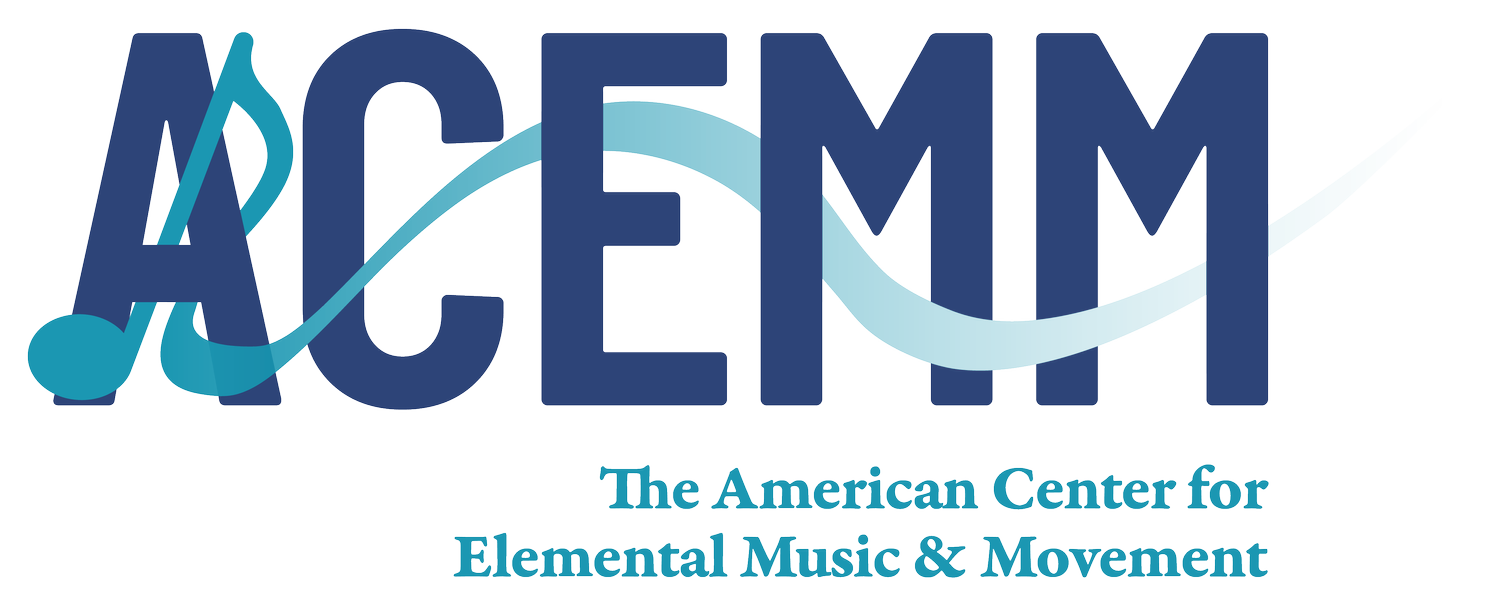Building Empathy Through Elemental Music and Movement
By Manju Durairaj
Implicit bias causes us to have feelings and attitudes about other people based on characteristics such as appearance, race, ethnicity etc. These attitudes are activated involuntarily and develop at a very early age through exposure to direct and indirect messages. They affect our understanding, actions, and decisions in an unconscious manner.
Being a recipient of negative bias, being labeled or stereotyped has a powerful negative impact on the psyche of an individual and/or a community. We see the effects in the world today. This makes it even more essential that teachers consciously create safe places for students to explore their identity through creative expression as well as bring about a sense of awareness that builds empathy in the classrooms.
Elemental music classrooms are set up so that through play, imitation, and exploration students organically discover creative ways to express themselves. Students have usually been prepared and hence are predisposed to working individually or in small groups on creative improvisation and composition projects. These dispositions allow students to focus and reflect more on the content – what they are doing instead of worrying about how they are doing it.
Creative movement is a great way to introduce diversity related topics and issues with much subtlety, without much verbal discussion, and without overthinking how one can respectfully phrase clarifying questions and answers.
The book “Red” by Michael Hall, is a simple story but is a wonderful way to build awareness about labels and stereotypes in the greater society. It leads one to reflect on how one perceives oneself based on society’s view of oneself, it shows well meaning and well intended people trying to fix what is perceived as a problem, and how the problem itself is not a problem but a different way of being. Heavy issues that are gently unfolded by a crayon story of a blue crayon in a red label.
The following movement activity may be adapted, without the writing pieces for younger kids. It can be just a simple movement activity that simply raises awareness of oneself and others based on the story or it can lend itself to a larger discussions involving a) stereotyping or labeling and/or b) how do we perceive ourselves and others. Once we become aware of this how would we modify/adapt our behaviors to be more respectful and empathetic.
Red by Michael Hall
ISBN-10: 0062252070, ISBN-13: 978-0062252074
Music: Two Xylophone Pieces, Album: Music for Children Margaret Murray Vol. 4 P 46 # 3 and 2 or any piece or pieces put together in ABA form
Process
Listen to the Music and identify the form. Prepare students to listen to the story in the context of performing it as a movement activity.
Read the book displaying the pictures. Projecting the pictures on a larger screen is very effective.
Discussion 1
Before reading the book again, ask students to pick a color without articulating it aloud, and to pay closer attention to what that crayon says and does.
Display the “Feelings” word wall and ask students to silently pick 2-3 words that describe their crayon.
Display the “Movement” word wall and ask students to pick 2-3 words that fit with the “Feelings”.
Students still have not articulated any of their choices aloud. Have students explore their movements in general space, while playing the first of the Two Xylophone Pieces, Album: Music for Children Vol. 4 P 46 # 3
Ask students to pick a scarf/ribbon of their color and explore the movement again.
Discuss briefly the story in the context of presenting it as a movement activity. Frame it as 3 segments – Introduction of the crayons (showcasing their personalities); Statement of the situation (everyone tries to help or fix Red); Resolution (accepting Red for who he is and affirming him).
Listen to the entire piece Two Xylophone Pieces, Album: Music for Children Vol. 4 P 46 # 3 and 2.
Display the visual of the “Group Movement Planner/Working with a Team”, and guide students through working together on creating contrasting movements for the different sections, aligning it with the 3 segments of the story.
Display the “Teamwork Rubric” to reinforce group work etiquette.
Put students into groups (6-8), and let them explore.
Put on the music and let them explore and make modifications.
Have students perform for each other.
Discussion 2
Discussion 1
Use the following guiding questions to facilitate a discussion on labels and stereotypes
What is the story about?
What did you notice about Red?
How do you think he felt when he compared himself to others?
What did the others think of him? Why did they think he needed to be Red not Blue? (Label – sometimes people think we are something we are not. Stereotype – sometimes people expect us to behave a certain way)
What were the other crayons doing to him? Were they trying to help him? Did they really help?
What happened in the end?
How do you think Red felt then?
How do you think the others felt about Red?
Define the word Empathy as something the crayon felt and did that helped Red discover himself
Discussion 2
Have students reflect and discuss the book and their own experiences.
Use the writing prompts to facilitate deeper thinking. In small groups of 2-3 ask students to think about themselves, and choose 3 feelings from the Feelings wall.
Ask them to write down what Feelings would describe their partner/s
Ask them to compare notes. What was same what was different.
If the class is comfortable enough evoke discussions of some of the prevalent stereotypes (girl stereotypes/boy stereotypes etc.)
Elicit responses on how we can become aware of prevalent stereotypes and what we can do about becoming more aware and respectful toward each other.
Here you can view and download the worksheets associated with the lesson:

